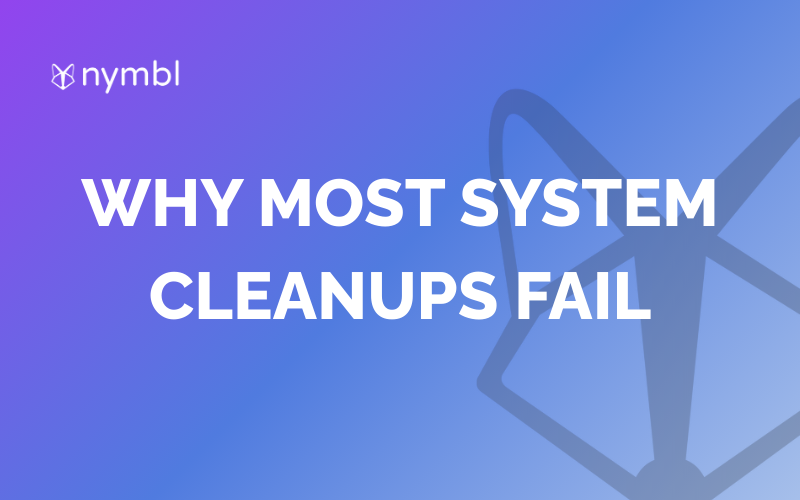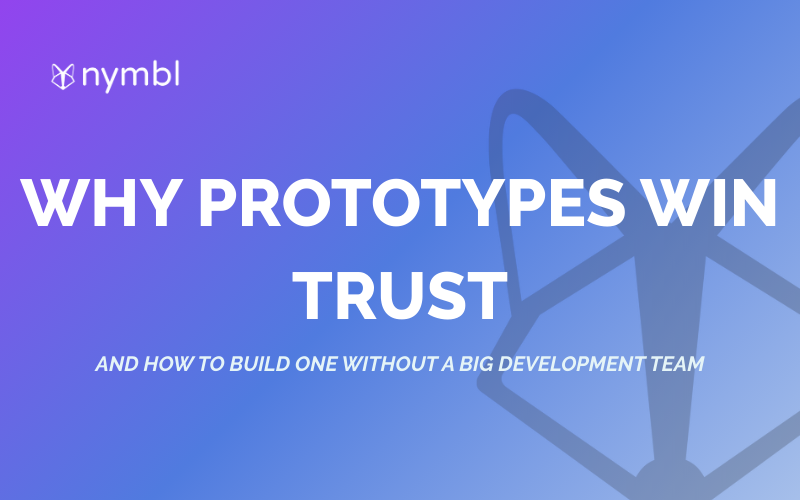Low-code and no-code platforms have revolutionized the way we build software, allowing anyone to create custom applications without writing a single line of code. These platforms are perfect for businesses and entrepreneurs who want to build innovative solutions quickly and affordably. Here are some of our favorite low-code and no-code example projects:
DoorDash: Internal Tooling with Retool
DoorDash, the popular food delivery service, uses Retool to build internal tools. The company has created a custom dashboard that displays real-time data on everything from driver locations to order statuses. This dashboard has helped DoorDash improve their operations and provide better service to their customers.
The Boston Globe: Employee Experience with Mendix
The Boston Globe uses Mendix, a low-code platform, and automation to improve employee experience. The company has built several custom applications that streamline processes like HR onboarding and vacation requests. These applications have reduced manual labor and improved the overall employee experience.
Humana: Covid-19 Test Locator with OutSystems
Humana, a leading health insurance provider, used OutSystems to build a Covid-19 test locator in just one month. The platform enabled the company to quickly develop and deploy a solution that helped people find Covid-19 testing sites in their area.
100DaysofNoCode: Online Learning Community with Softr
100DaysofNoCode, an online learning community for no-code enthusiasts, used Softr to build their website. The platform allowed them to create a custom website that met their specific needs, without any coding required.
Atlanta United: Education-Focused Mobile App with BettyBlocks
Atlanta United, a professional soccer team, used BettyBlocks to build an education-focused mobile app in just three months. The app helps fans learn more about the team and their sport, providing a unique and engaging experience.
Equinox: Content Publishing with Airtable
Equinox, a fitness and wellness company, used Airtable to help their teams publish content 400% faster. The platform enabled the company to streamline their content creation and publishing processes, allowing them to publish more content in less time.
Lattice: Marketing Updates with Webflow
Lattice, a performance management software company, transitioned from a custom CMS to Webflow. The move enabled marketing teams to make their own updates to the website, reducing the need for IT support and increasing agility.
Conclusion
These are just a few examples of how businesses of all sizes are using low-code and no-code platforms to build innovative solutions quickly and affordably. With these tools, you can dream up just about anything and make it a reality in a matter of days or weeks. So, what are you waiting for? Start building your next big idea today!






.png)


